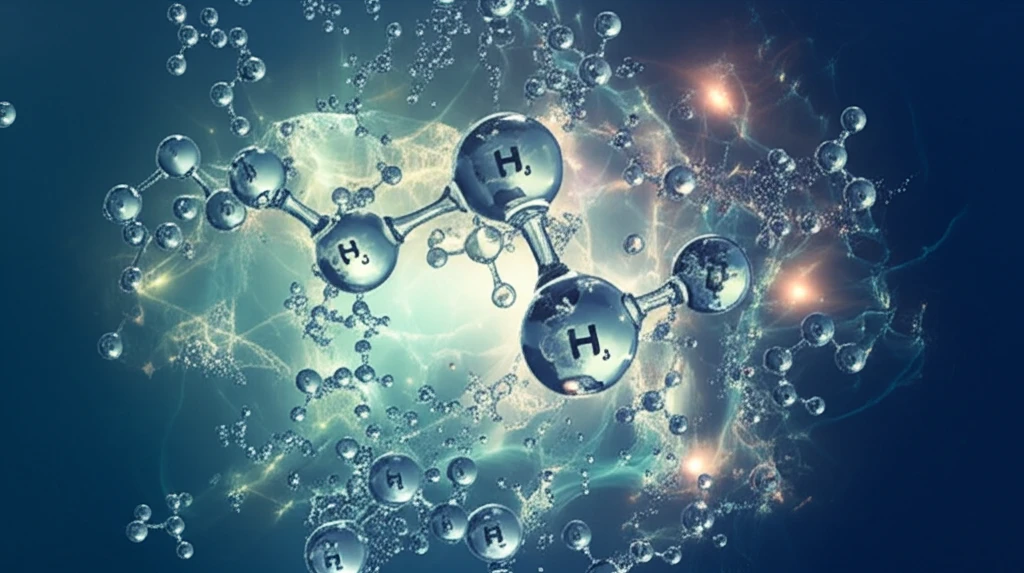
Decoding Water: New Insights into the Dynamics of Tiny Water Clusters
"Dive into the microscopic world of water clusters and uncover how these structures could revolutionize our understanding of water's unique properties."
Water is essential to life, covering over 70% of our planet's surface and making up a significant portion of our bodies. While we often take its unique properties for granted, scientists are constantly exploring its intricacies at the molecular level. One fascinating area of study is water clusters—tiny groupings of water molecules that exhibit behaviors distinct from bulk water.
These clusters, especially small ones, are not just academic curiosities. They play critical roles in various scientific fields. From influencing reactions within biological systems to shaping atmospheric chemistry, water clusters bridge the gap between individual water molecules and the macroscopic behavior of water we observe every day.
New research is focusing on the dynamic behavior of water octamers, decamers, and dodecamers—clusters containing eight, ten, and twelve water molecules, respectively. By using molecular dynamics simulations, scientists are gaining a deeper understanding of how these clusters transition between solid and liquid phases, and the implications for everything from protein crystallization to climate modeling.
Unlocking the Secrets of Water Clusters

The study employs sophisticated computational methods to simulate the behavior of water clusters. Molecular dynamics, a powerful technique, allows researchers to model the movement and interactions of atoms and molecules over time. By applying different interaction potentials—mathematical models that describe the forces between atoms—the scientists can predict how these clusters behave under various conditions.
- Identifying the most appropriate interaction potentials to accurately describe the behavior of octamers.
- Analyzing the dynamic behavior of decamer and dodecamer clusters in solid and liquid phases.
- Determining the primary isomers of decamer and dodecamer in various phases.
Implications and Future Directions
By exploring the behavior of water clusters at the molecular level, this research contributes to a deeper understanding of water's fundamental properties and its role in various natural phenomena. It also highlights the importance of accurate computational models for predicting the behavior of complex systems. Understanding water clusters not only expands our scientific knowledge but could also lead to practical applications in fields like atmospheric science, materials science, and drug development. By precisely controlling the interactions between water molecules, researchers might unlock new ways to design targeted drug delivery systems or improve climate models. The insights gained from studying these tiny water clusters hold the key to a greater understanding of the world around us.
